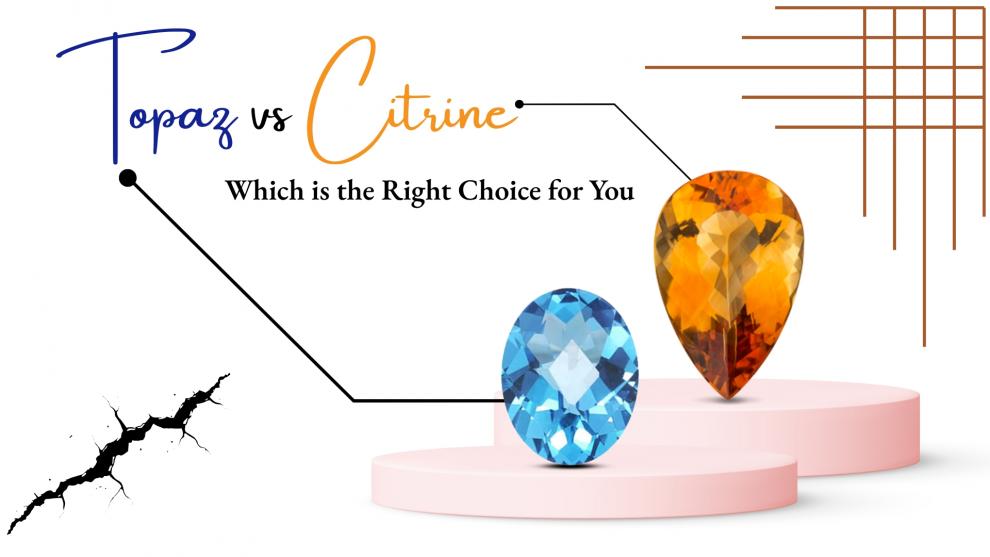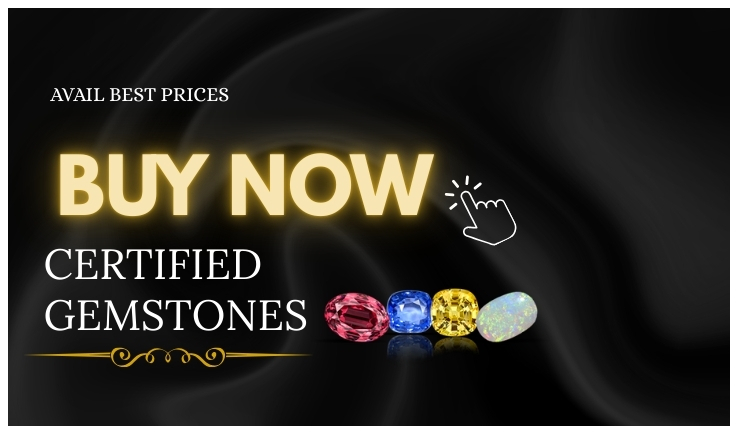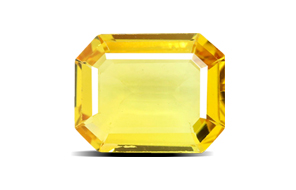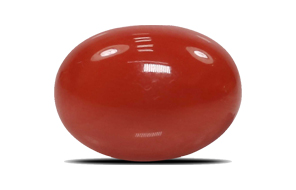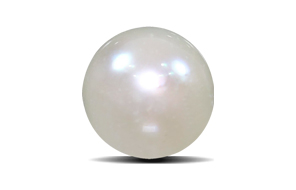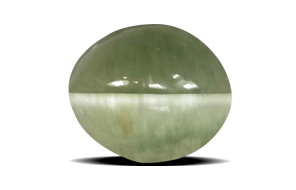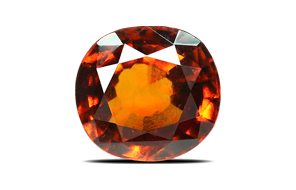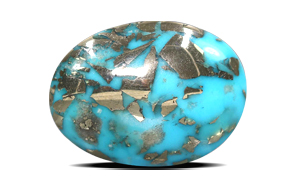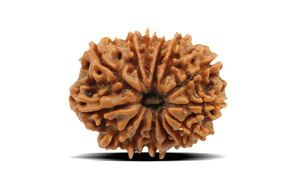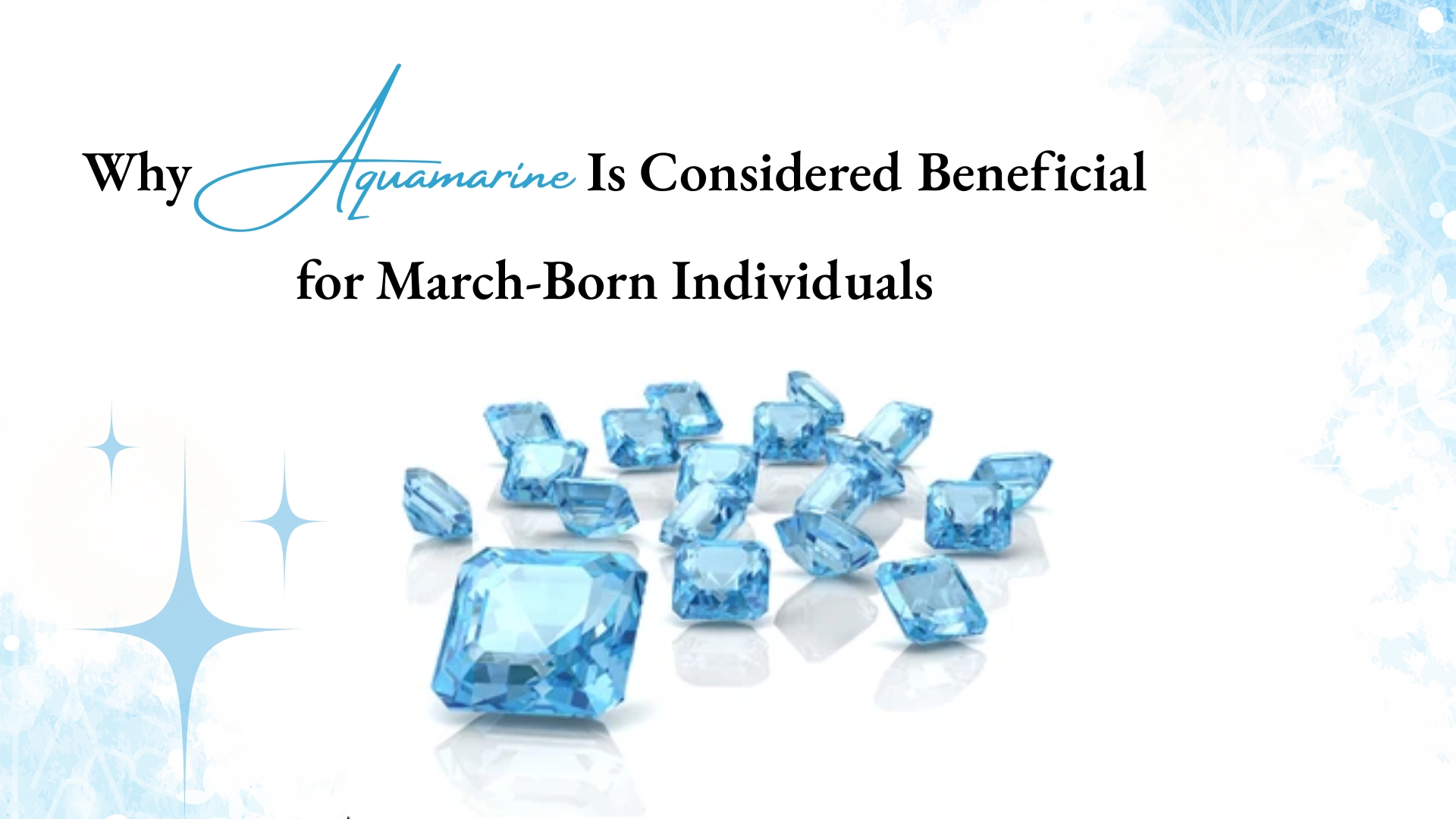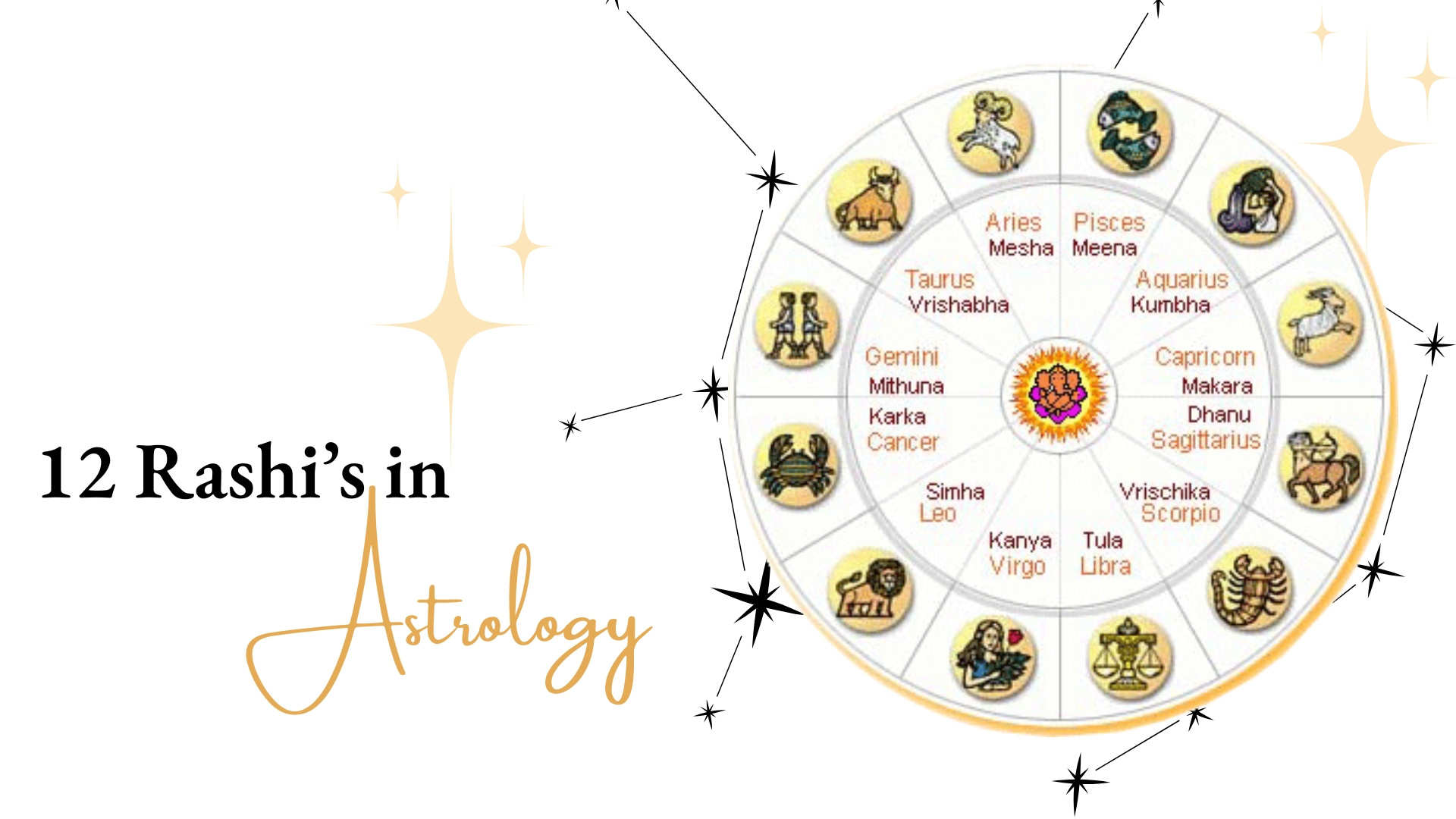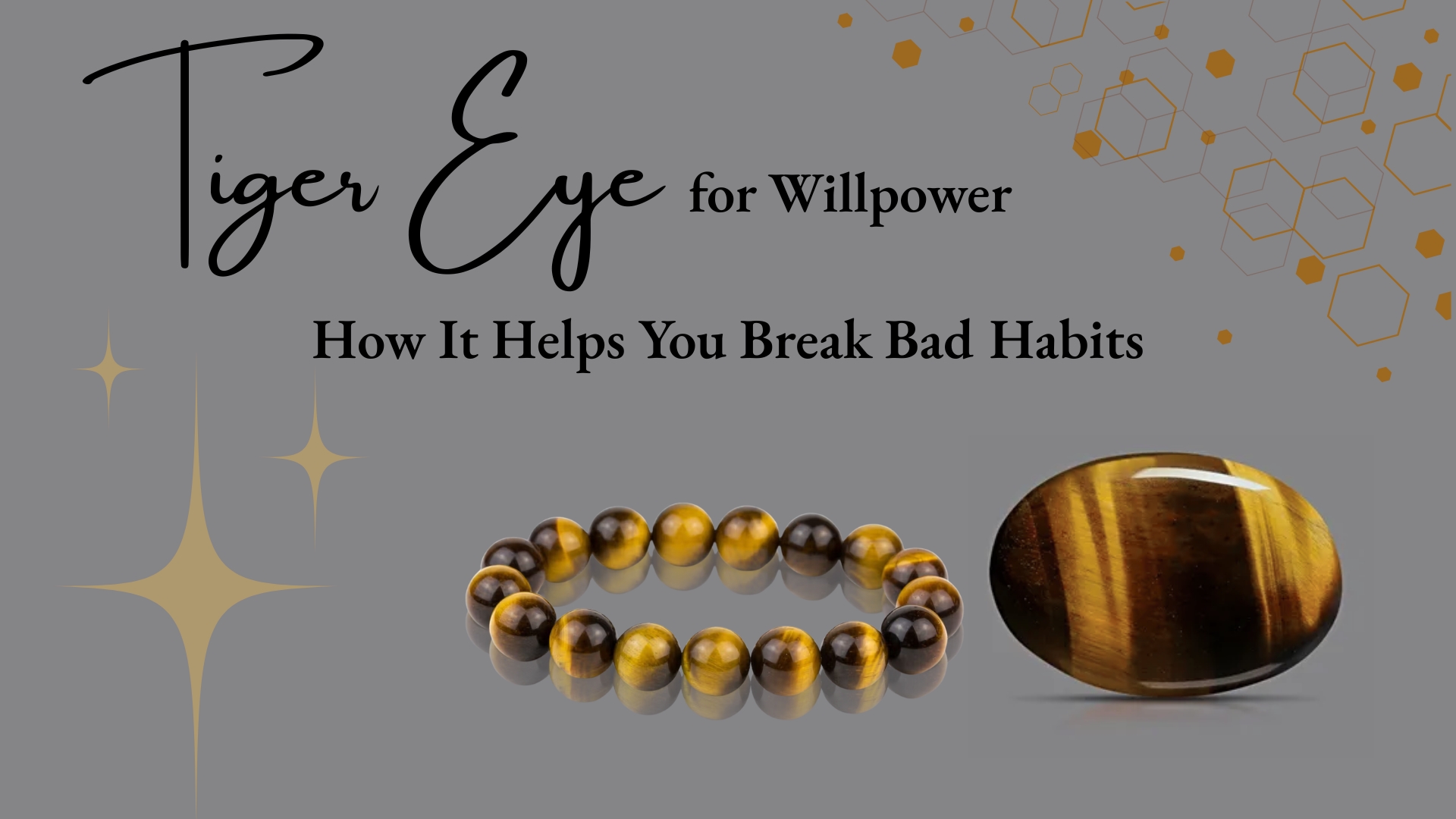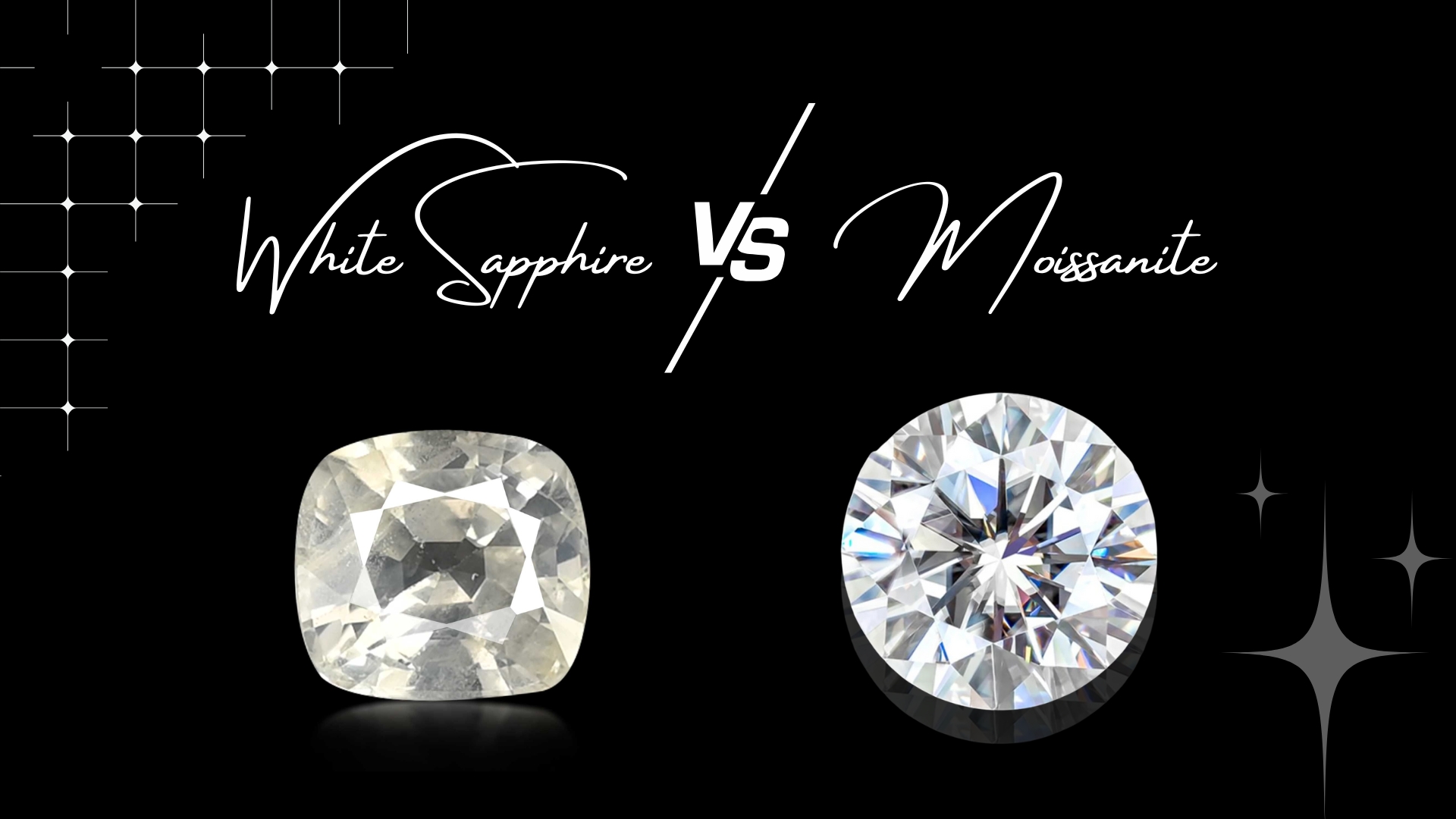When it comes to the yellow gemstones that send out golden rays of energy, Topaz and Citrine always come up. At first glance, they are almost indistinguishable, both glowing from the light like drops of sunshine. But there is a world of astrological strengths, chemical differences, and spiritual energy below that luster to explore. Join us as we explore ways these two powerful stones are different — and which yellow beauty is your birthstone.
Understanding the major differences between Topaz and Citrine
Topaz – The Stone of Power and Clarity
Topaz is a gemstone of brilliance and determination. It is also called as the “Gem of Fire and Strength.” This beautiful gemstone is a symbol of clarity, purpose, and divine energy. In ancient traditions, Topaz was believed to hold the light of the sun, a stone that grants courage and sharpens focus.
From a gemological point of view, Topaz is hard (8 on the Mohs scale), highly durable, and naturally golden due to traces of iron. Because of its brilliance and rarity, it’s often considered a superior substitute (Upratna) for Yellow Sapphire (Pukhraj), in Vedic astrology. Spiritually, Topaz aligns with Jupiter, the planet of wisdom, growth, and fortune. Wearing this gemstone invites abundance, leadership, and divine protection.
Citrine – The Stone of Sunshine and Joy
The Citrine stone is also called Sunela or the “Merchant’s Stone” since it believed to attract abundance and growth in business-related fields. It is believed to radiate positivity and warmth. This lovely gem symbolizes optimism, creativity, and abundance. Its golden hue brings a sense of happiness and mental clarity; therefore, it is believed to be perfect for people who are seeking emotional balance.
Though less intense than Topaz, Citrine carries a gentle Jupiter energy, attracting wealth and self-confidence. Most Citrine stones available today are heat-treated Amethysts, yet they still hold strong metaphysical energy for emotional healing and success.
A Gemologist’s Perspective: The Science Behind Their Beauty
Hardness and Durability
When it comes to strength, Topaz wins easily. With a hardness rating of 8, it’s more resistant to scratches and everyday wear than Citrine, with a hardness of 7.
If you’re planning to wear the gem daily, especially as a ring or bracelet, Topaz offers better durability and longevity.
Chemical Composition
- Topaz: Aluminum Fluorosilicate
- Citrine: A variety of Quartz
This chemical difference explains why Topaz feels heavier, more lustrous, and more refractive; on the other hand, the Citrine stone looks softer and slightly lighter.
Color, Origin, and Treatments
When choosing between a citrine and a topaz stone, it is essential to look at their color, origin, and treatments performed. Both Citrine and Topaz shine in warm golden tones, making them look nearly identical at first glance. However, their origins and color sources set them apart completely.
Citrine:
Citrine’s sunny hue usually comes from the heat treatment of Amethyst or Smoky Quartz. Natural Citrine is quite rare, so most stones available in the market are treated varieties. Citrine is primarily found in Brazil, especially in the states of Rio Grande do Sul and Minas Gerais. Other notable sources include Madagascar, Russia, Spain, the United States, and France.
Topaz:
Topaz’s golden color, on the other hand, is naturally formed due to the presence of iron. Unlike Citrine, Topaz’s color does not usually require artificial enhancement, making it more valuable and astrologically potent. The finest Yellow and Imperial Topaz varieties come from Brazil (notably Ouro Preto), while other major sources include Sri Lanka, Russia, Myanmar, Pakistan, and Nigeria. In short, while treated Citrine is common and affordable, natural Topaz remains rare, pure, and spiritually stronger, making it the preferred choice for those seeking authentic astrological power.
Astrological Insights: Which Gem Resonates with Jupiter Better?
Golden Topaz – The True Spiritual Powerhouse
In Vedic Astrology, Golden Topaz is referred to as the closest alternative for Yellow Sapphire (Pukhraj). It is incredibly connected to the expansive, divine energy of Jupiter, which promotes wisdom, success, and financial growth.
Wearing this beautiful gem is especially beneficial for people looking to elevate their careers/paths, gain greater clarity, and awaken spiritually, enjoy significant results with Topaz. The energy of Topaz is bold, radiant, and assertive, making it excellent for leaders and visionaries.
Citrine – The Gentle Guide of Positivity
Citrine, or Sunela, resonates with the more gentle side of Jupiter. It energizes your spirits, supports your motivation, and brings in abundance, but in a gentle, soothing way. It’s a great choice for anyone who is sensitive to the effects of stronger gemstones or who wants calm, steady energy for emotional stability and luck. Think of the Citrine as the early morning sun and the Topaz ringing at full noon. Both stones have a strong energy, but a different kind of energy.
Identifying the Real Gemstone
Visually, it’s nearly impossible to distinguish between a well-cut Citrine and Topaz. Here’s what you should do:
- Scratch test: Topaz is harder and less likely to show marks.
- Weight check: Topaz feels denser.
- Certification: Always buy with a gemological certificate verifying origin, treatment, and authenticity.
Pro Tip: Always choose certified gemstones from trusted sources like Rashi Ratan Bhagya to ensure purity and authenticity.
Price & Value Comparison
When choosing between Yellow Topaz and Citrine (Sunela), price is a big differentiator, and it reflects the difference in rarity, quality, and astrological strength.
Citrine (Sunela):
Citrine stone price in India can be found in the range of approximately ₹ 125 to ₹ 400 per carat in many commercial grades.In some better quality cases, especially larger sizes or cleaner stones, the price may go higher, ₹ 500 per carat or more, but still remains quite accessible.Because citrine is abundant and often heat-treated, Amethyst or Quartz, the entry-level cost stays low.
Yellow Topaz:
The per-carat price of topaz in India go higher due to greater rarity and stronger astrological reputation. Many sources list a price range of ₹ 250 to ₹2,000 percarat for commercial-quality yellow topaz. For premium varieties (especially “Imperial” yellow topaz, excellent clarity, large carat weight, and natural untreated origin), the price can reach ₹ 10,000 or more per carat in the top end.
Final Verdict:
Both Topaz and Citrine radiate Jupiter’s positivity, but they serve different souls.
- Choose Topaz if you seek authority, clarity, career growth, and spiritual enlightenment.
- Choose Citrine if you wish for joy, emotional healing, and gentle prosperity.
In essence, Topaz is the flame of ambition, while Citrine is the light of happiness. Whichever you choose, let it reflect your journey, shining bright, warm, and full of purpose.
About The Author
Mr. Bharat Sharma, the head of the Digital Media team, has over 15+ years of experience in online media. He plays a vital role in developing strategy, ensuring quality, and providing support to customers. Highlights the experience and dedication to online marketing with natural crystals. He contributes the digital marketing knowledge to Rashiratanbhagya. Mr Bharat Sharma blends digital innovation with the ancient Vedic wisdom.

